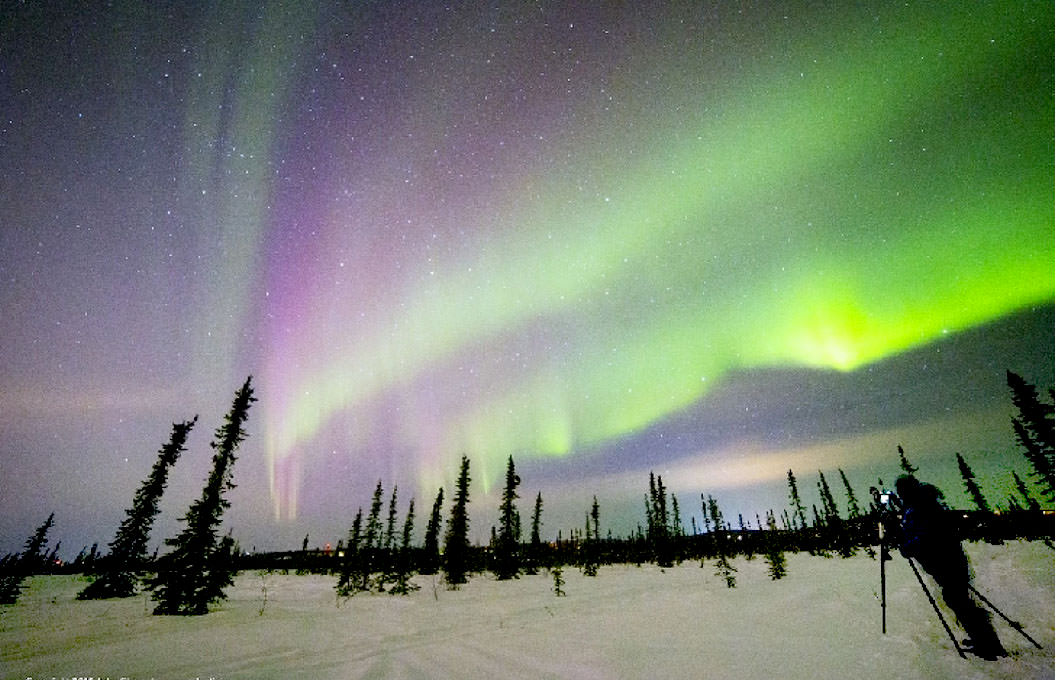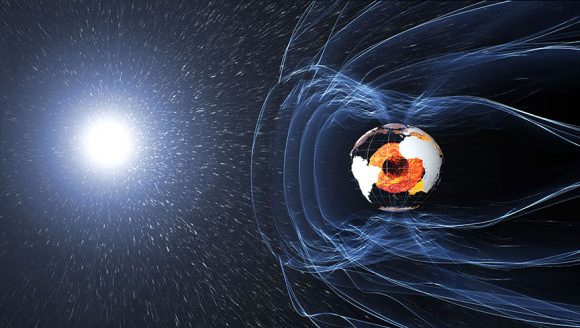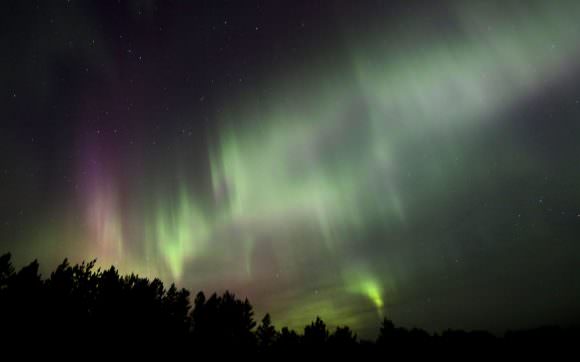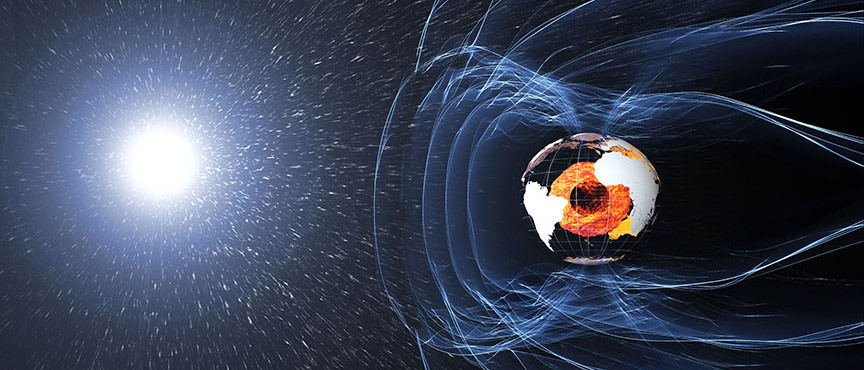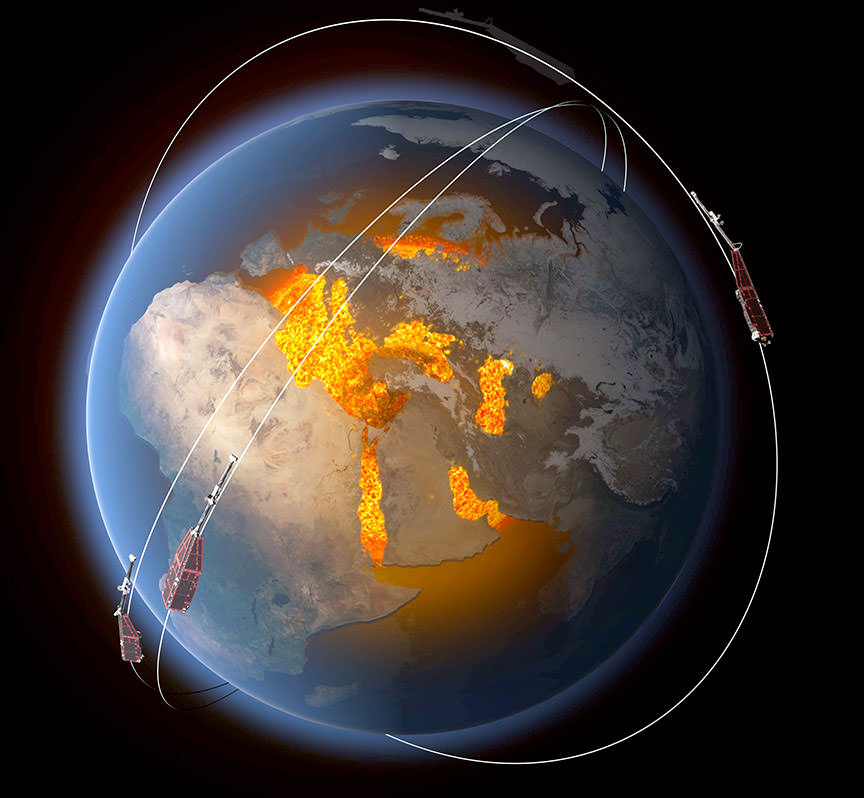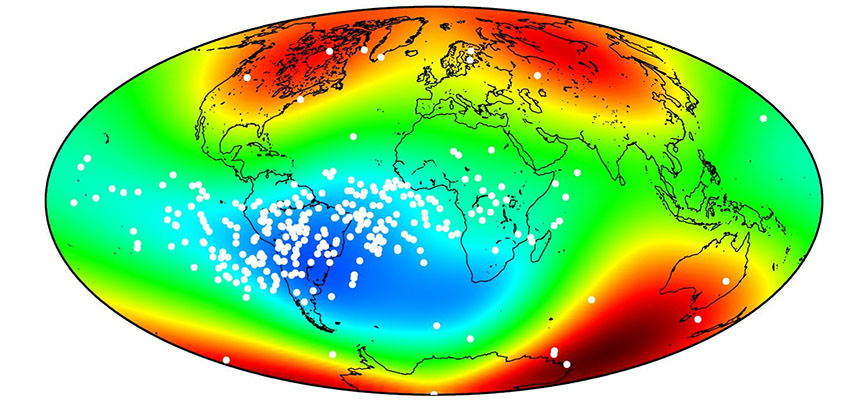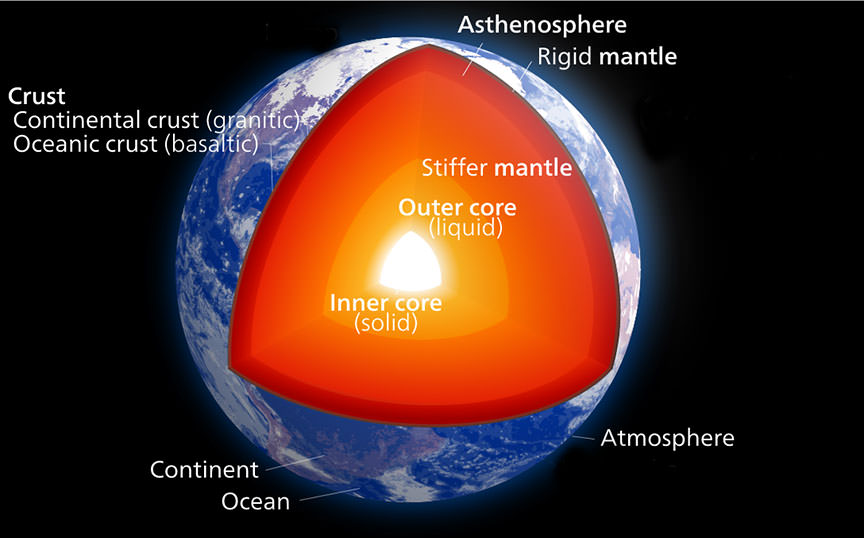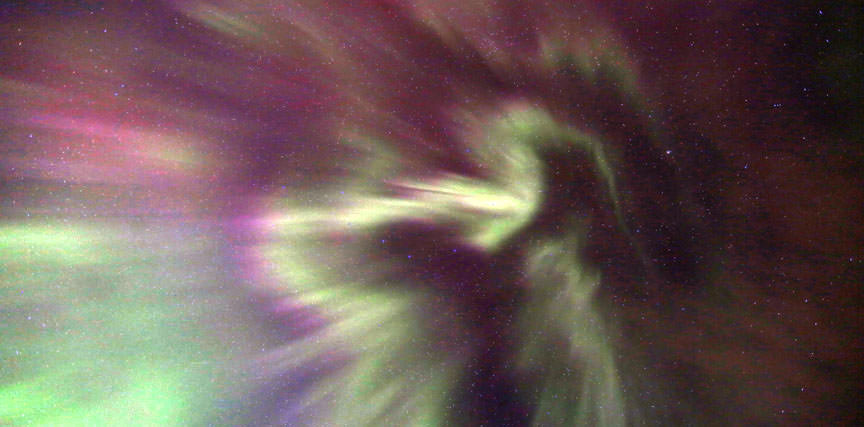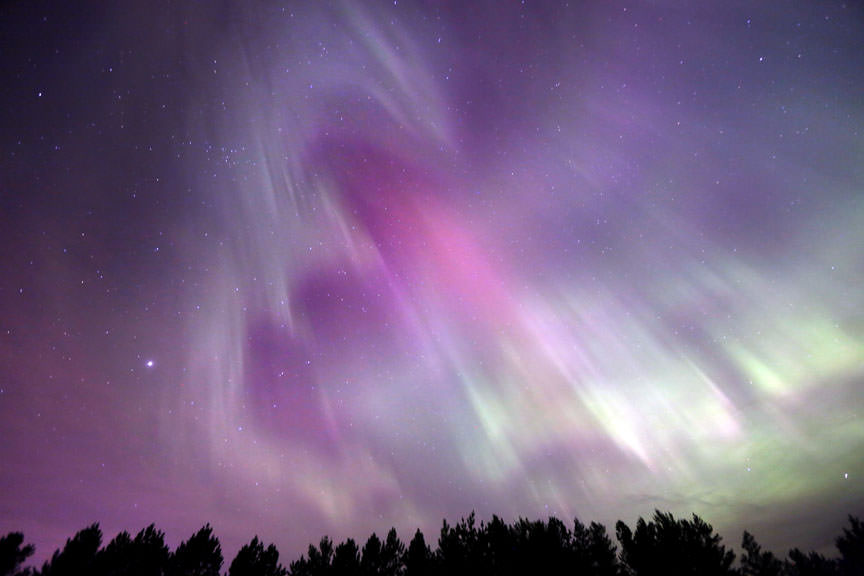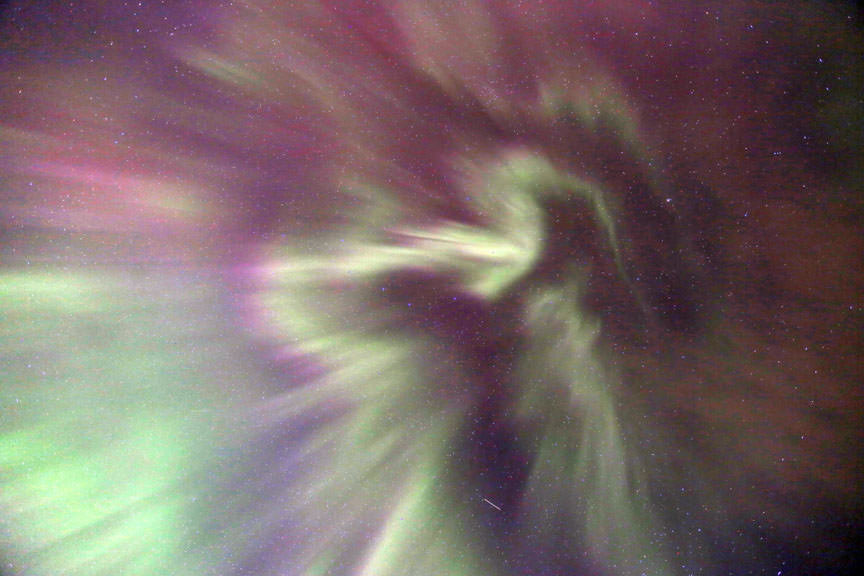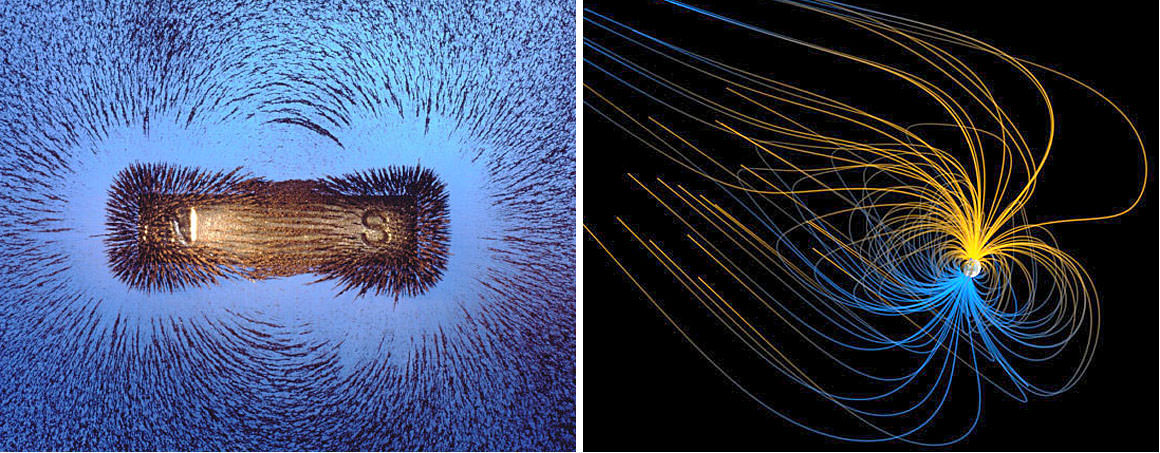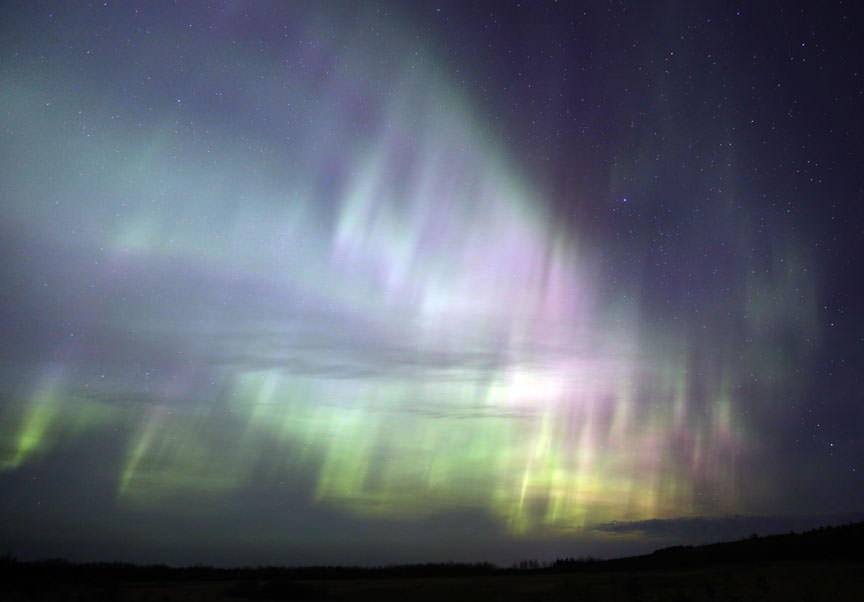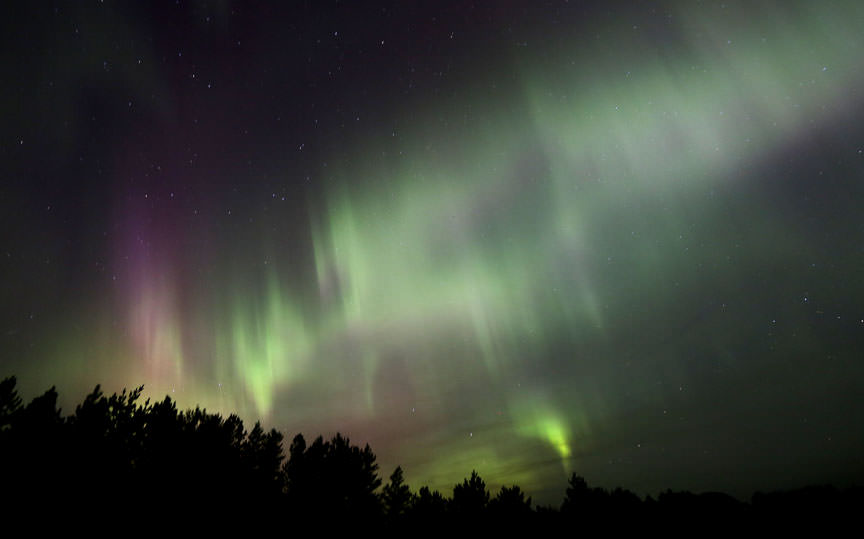Back in of August of 2016, the existence of an Earth-like planet right next door to our Solar System was confirmed. To make matters even more exciting, it was confirmed that this planet orbits within its star’s habitable zone too. Since that time, astronomers and exoplanet-hunters have been busy trying to determine all they can about this rocky planet, known as Proxima b. Foremost on everyone’s mind has been just how likely it is to be habitable.
However, numerous studies have emerged since that time that indicate that Proxima b, given the fact that it orbits an M-type (red dwarf), would have a hard time supporting life. This was certainly the conclusion reached in a new study led by researchers from NASA’s Goddard Space Flight Center. As they showed, a planet like Proxima b would not be able to retain an Earth-like atmosphere for very long.
Red dwarf stars are the most common in the Universe, accounting for an estimated 70% of stars in our galaxy alone. As such, astronomers are naturally interested in knowing just how likely they are at supporting habitable planets. And given the distance between our Solar System and Proxima Centauri – 4.246 light years – Proxima b is considered ideal for studying the habitability of red dwarf star systems.

On top of all that, the fact that Proxima b is believed to be similar in size and composition to Earth makes it an especially appealing target for research. The study was led by Dr. Katherine Garcia-Sage of NASA’s Goddard Space Flight Center and the Catholic University of America in Washington, DC. As she told Universe Today via email:
“So far, not many Earth-sized exoplanets have been found orbiting in the temperate zone of their star. That doesn’t mean they don’t exist – larger planets are found more often because they are easier to detect – but Proxima b is of interest because it’s not only Earth-sized and at the right distance from its star, but it’s also orbiting the closest star to our Solar System.”
For the sake of determining if Proxima b could be habitable, the research team sought to address the chief concerns facing rocky planets that orbit red dwarf stars. These include the planet’s distance from its stars, the variability of red dwarfs, and the presence (or absence) of magnetic fields. Distance is of particular importance since habitable zones (aka. temperate zones) around red dwarfs are much closer and tighter.
“Red dwarfs are cooler than our own Sun, so the temperate zone is closer to the star than Earth is to the Sun,” said Dr. Garcia-Sage. “But these stars may be very magnetically active, and being so close to a magnetically active star means that these planets are in a very different space environment than what the Earth experiences. At those distances from the star, the ultraviolet and x-ray radiation may be quite large. The stellar wind may be stronger. There could be stellar flares and energetic particles from the star that ionize and heat the upper atmosphere.”
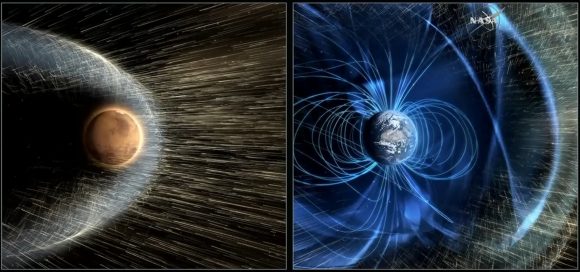
In addition, red dwarf stars are known for being unstable and variable in nature when compared to our Sun. As such, planets orbiting in close proximity would have to contend with flare ups and intense solar wind, which could gradually strip away their atmospheres. This raises another important aspect of exoplanet habitability research, which is the presence of magnetic fields.
To put it simply, Earth’s atmosphere is protected by a magnetic field that is driven by a dynamo effect in its outer core. This “magnetosphere” has prevented solar wind from stripping our atmosphere away, thus giving life a chance to emerge and evolve. In contrast, Mars lost its magnetosphere roughly 4.2 billion years ago, which led to its atmosphere being depleted and its surface becoming the cold, desiccated place it is today.
To test Proxima b’s potential habitability and capacity to retain liquid surface water, the team therefore assumed the presence of an Earth-like atmosphere and a magnetic field around the planet. They then accounted for the enhanced radiation coming from Proxima b. This was provided by the Harvard Smithsonian Center for Astrophysics (CfA), where researchers determined the ultraviolet and x-ray spectrum of Proxima Centauri for this project.
From all of this, they constructed models that began to calculate the rate of atmospheric loss, using Earth’s atmosphere as a template. As Dr. Garcia-Sage explained:
“At Earth, the upper atmosphere is ionized and heated by ultraviolet and x-ray radiation from the Sun. Some of these ions and electrons escape from the upper atmosphere at the north and south poles. We have a model that calculates how fast the upper atmosphere is lost through these processes (it’s not very fast at Earth)… We then used that radiation as the input for our model and calculated a range of possible escape rates for Proxima Centauri b, based on varying levels of magnetic activity.”

What they found was not very encouraging. In essence, Proxima b would not be able to retain an Earth-like atmosphere when subjected to Proxima Centauri’s intense radiation, even with the presence of a magnetic field. This means that unless Proxima b has had a very different kind of atmospheric history than Earth, it is most likely a lifeless ball of rock.
However, as Dr. Garcia-Sage put it, there are other factors to consider which their study simply can’t account for:
“We found that atmospheric losses are much stronger than they are at Earth, and the for high levels of magnetic activity that we expect at Proxima b, the escape rate was fast enough that an entire Earth-like atmosphere could be lost to space. That doesn’t take into account other things like volcanic activity or impacts with comets that might be able to replenish the atmosphere, but it does mean that when we’re trying to understand what processes shaped the atmosphere of Proxima b, we have to take into account the magnetic activity of the star. And understanding the atmosphere is an important part of understanding whether liquid water could exist on the surface of the planet and whether life could have evolved.”
So it’s not all bad news, but it doesn’t inspire a lot of confidence either. Unless Proxima b is a volcanically-active planet and subject to a lot of cometary impacts, it is not likely be temperate, water-bearing world. Most likely, its climate will be analogous to Mars – cold, dry, and with water existing mostly in the form of ice. And as for indigenous life emerging there, that’s not too likely either.
These and other recent studies have painted a rather bleak picture about the habitability of red dwarf star systems. Given that these are the most common types of stars in the known Universe, the statistical likelihood of finding a habitable planet beyond our Solar System appears to be dropping. Not exactly good news at all for those hoping that life will be found out there within their lifetimes!
But it is important to remember that what we can say definitely at this point about extra-solar planets is limited. In the coming years and decades, next-generation missions – like the James Webb Space Telescope (JWST) and the Transiting Exoplanet Survey Satellite (TESS) – are sure to paint a more detailed picture. In the meantime, there’s still plenty of stars in the Universe, even if most of them are extremely far away!
Further Reading: The Astrophysical Journal Letters


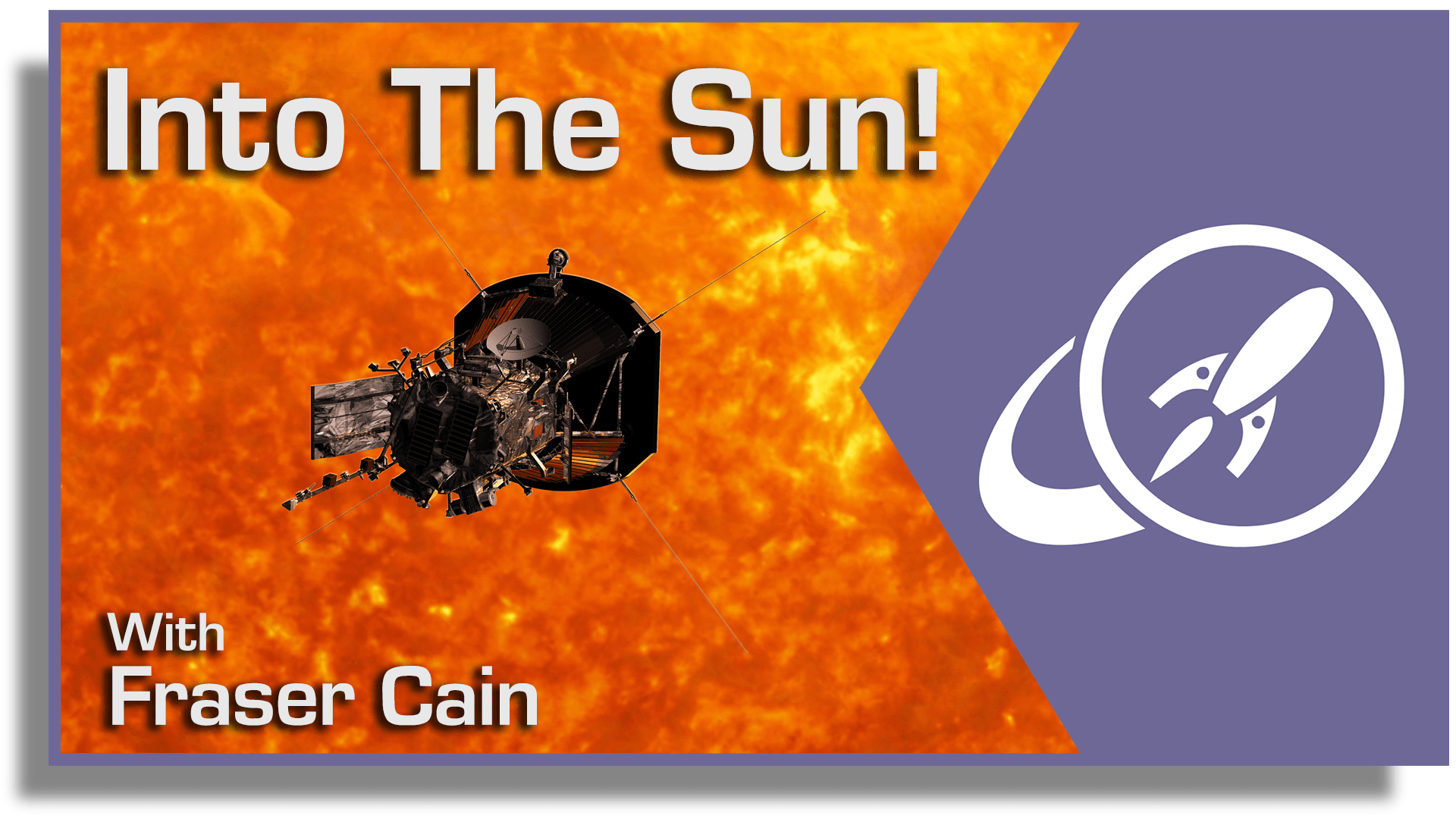
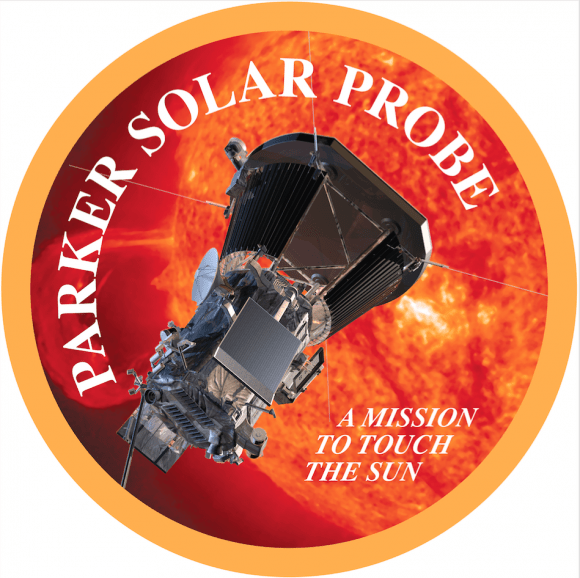
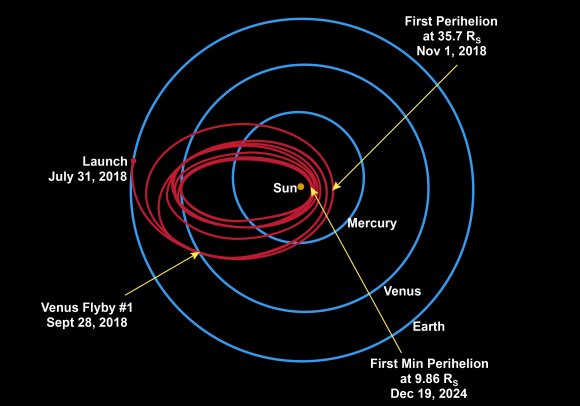
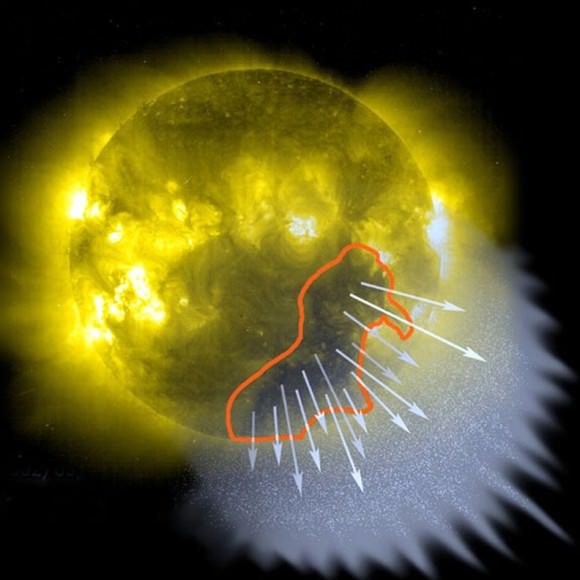
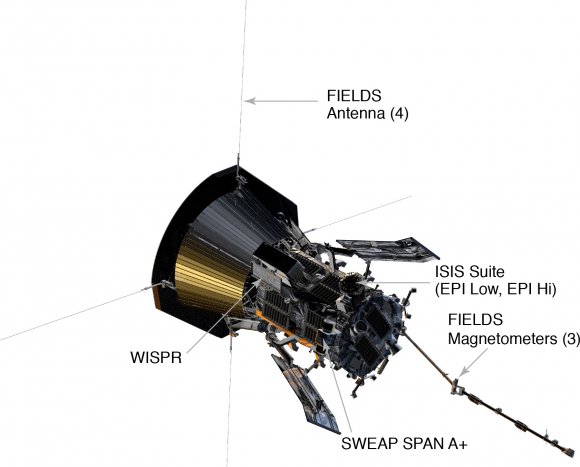
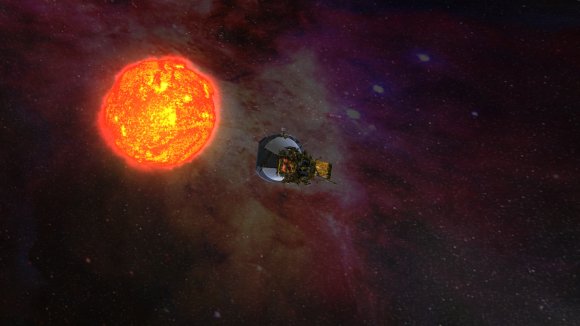
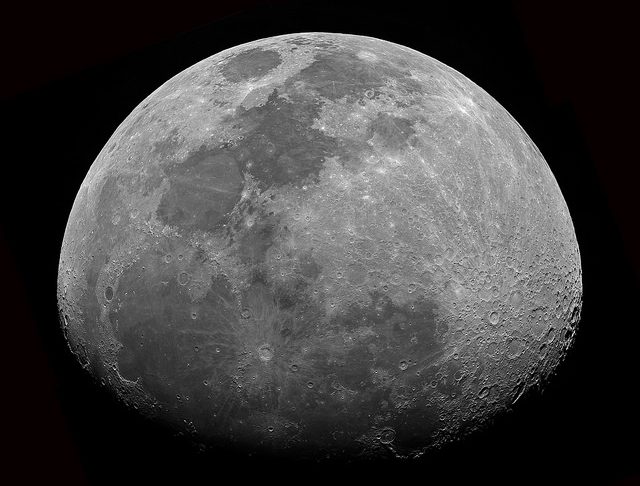
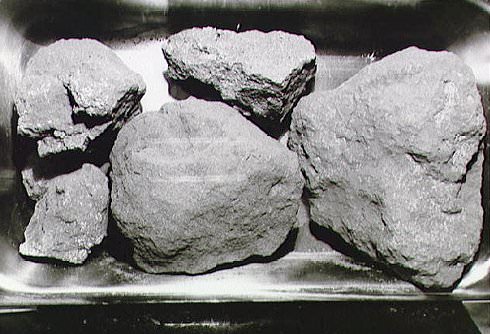
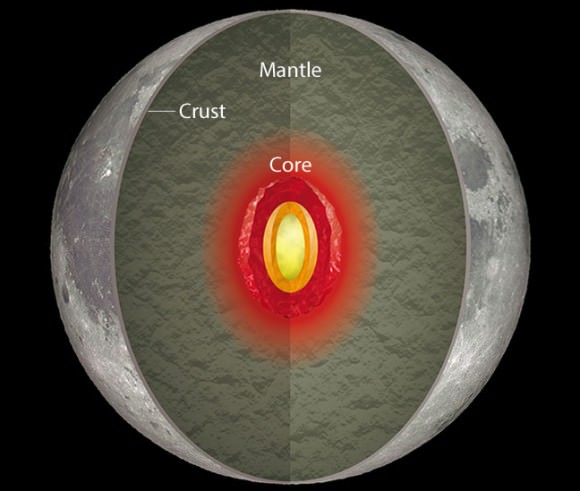

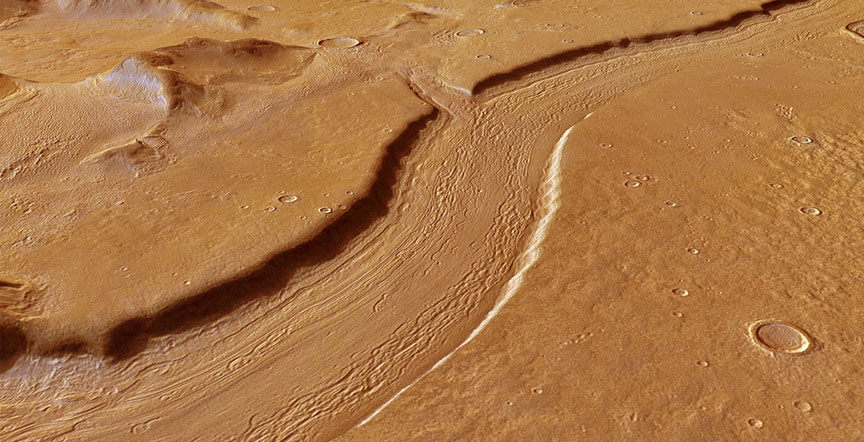
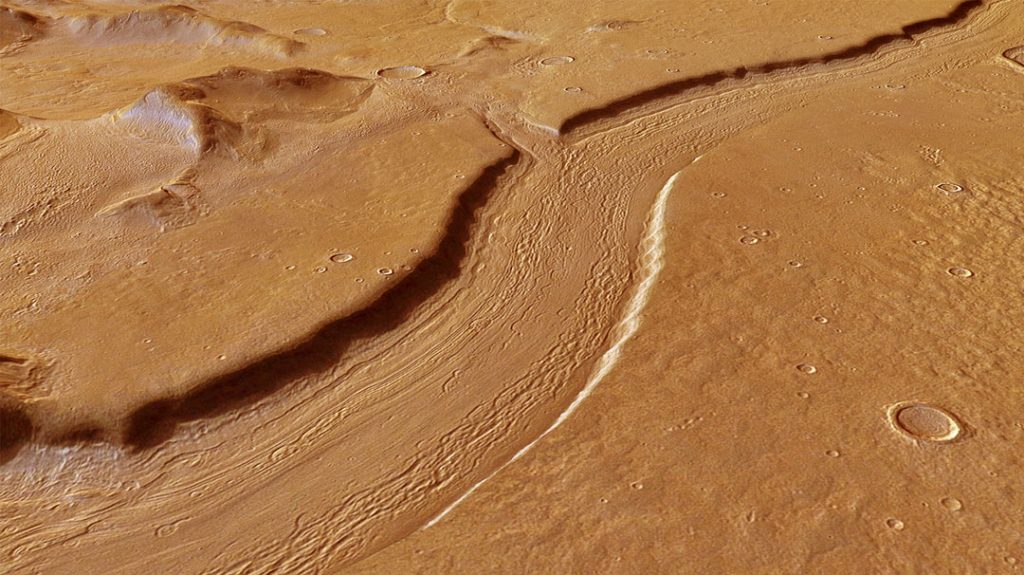


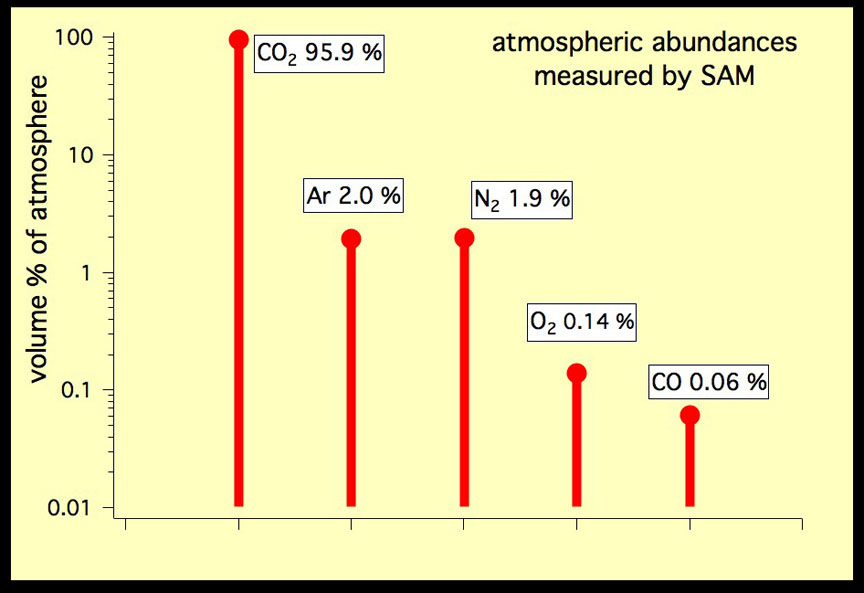




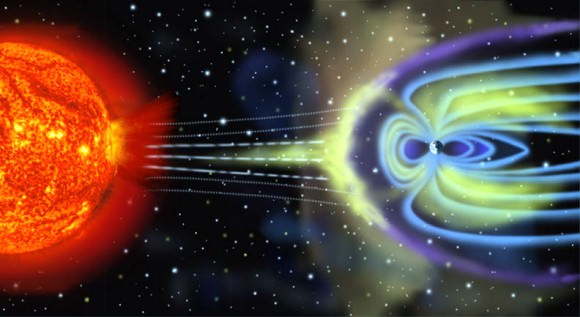
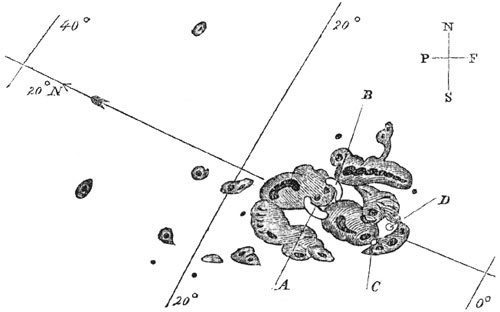
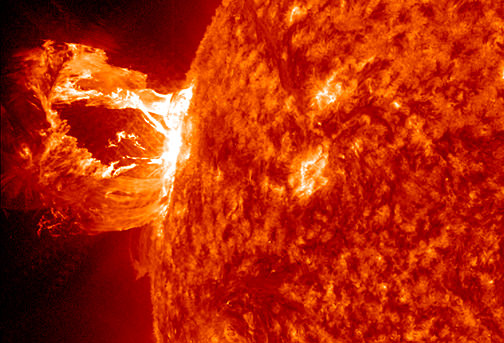
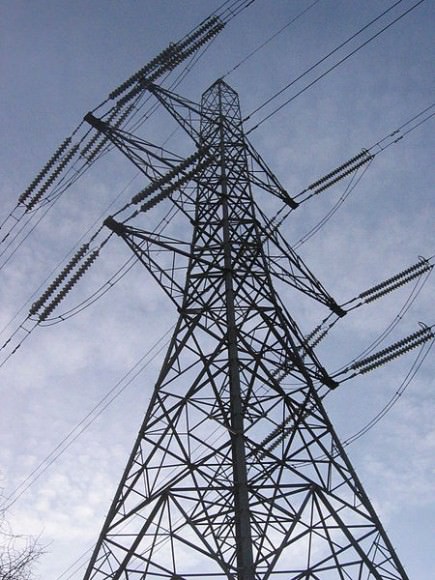
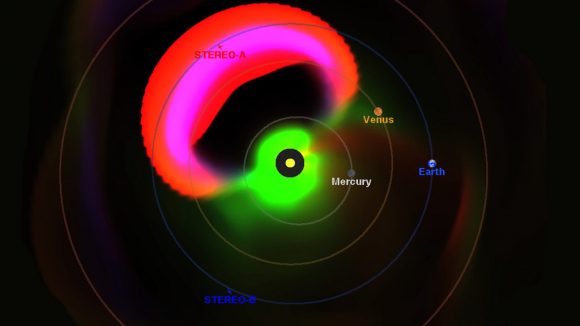
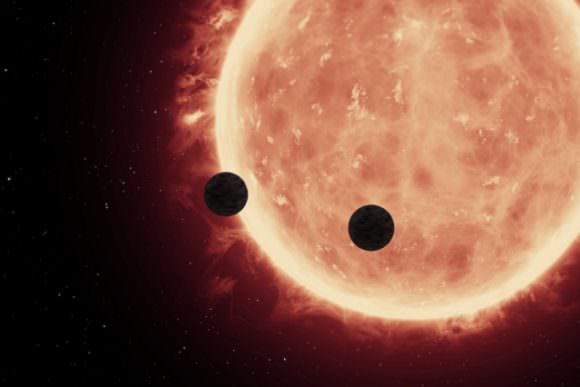
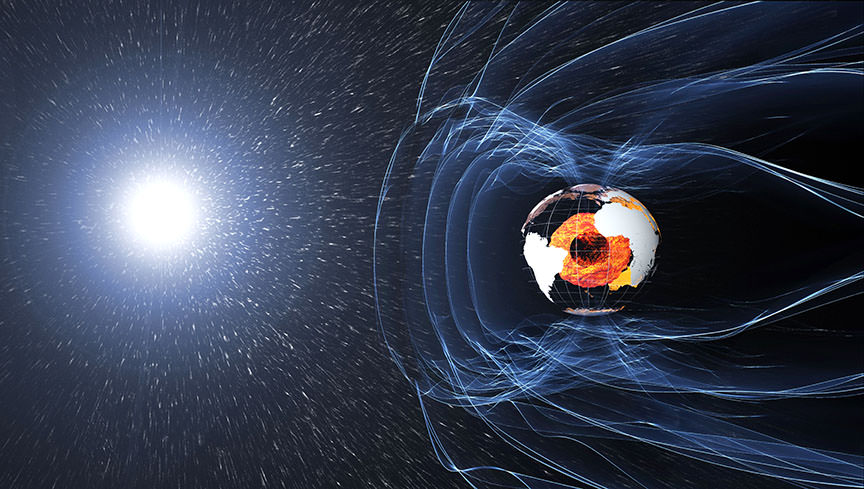
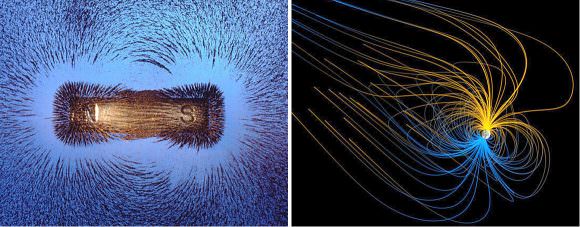
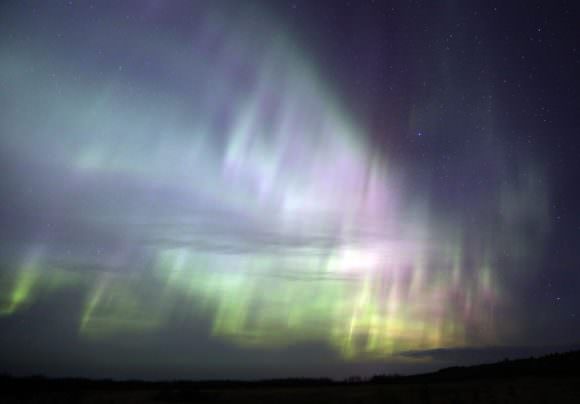

![Computer simulation of the Earth's field in a period of normal polarity between reversals.[1] The lines represent magnetic field lines, blue when the field points towards the center and yellow when away. The rotation axis of the Earth is centered and vertical. The dense clusters of lines are within the Earth's core](https://www.universetoday.com/wp-content/uploads/2010/03/Geodynamo_Between_Reversals-e1449100829326-580x442.gif)
